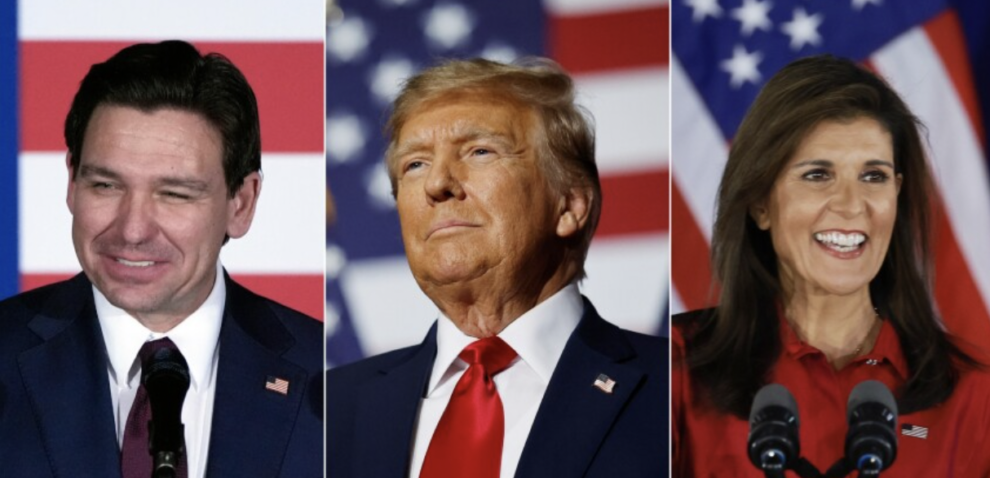The Iowa caucus and New Hampshire primary are the official kickoff for the presidential nomination process. They are crucial for Democrats and Republicans and greatly influence the presidential election. The caucuses always begin with Iowa, followed by New Hampshire. Iowa is the first caucus on the Republican side, a characteristic originating from the period of the Vietnam War.
The delegate allocation process was always known for being incredibly time-consuming, consisting of several steps and procedures necessary to elect a nominee officially. Fifty years ago, Iowa was placed at the front of the line, as it was required to comply with the national party’s deadlines. This greatly upset New Hampshire, which had been the nation’s first caucus for decades, and as a result, reaped the political and economic benefits. Before Iowa, New Hampshire had the political spotlight before every election, and their results were essentially used to predict future outcomes. They received nationwide attention from the media in a way no other state could gauge. As a result, the competing states struck a deal, agreeing that Iowa could hold the first caucuses and New Hampshire could hold the first primary. Since then, these caucuses in Iowa have had considerable influence over the nation. The winners can use this to increase attention from the media, receive significant financial support, and sway decisions to their side in other states around the country. Candidates hope to win these caucuses to represent their party in the presidential election.
As daunting as they may seem, these caucuses are fairly ordinary events. They occur within local meeting spots, such as libraries, living rooms, schools, or recreation centers. The meetings consist of debates regarding who should run for a specific party in an election. Typically, participants divide themselves into groups according to their preferred candidates. They spend their time discussing the advantages and disadvantages of their proposed candidates. When it is time to vote, caucus-goers may raise their hands or remain in their groups to display their preference. Today, caucuses are relatively uncommon. However, Iowa is one of the few states that continue implementing them for their election process.
This year, former president Donald Trump won the Iowa caucus by a landslide. Donald Trump won 51% of the vote, the most significant margin of victory in a Republican party race in Iowa history. Iowa’s voter turnout was just over 110,000 votes, and the weather heavily contributed to this highly underwhelming turnout. Trump won over 56,000 votes, and the runner-up far behind him, Ron DeSantis, acquired only 23,000 votes, earning 21% of the total votes. Behind DeSantis was Nikki Haley, with 21,000 votes, or 19% of the overall votes. Lastly was Vivek Ramaswamy, accounting for 8,000 votes and 8% of all votes. Ron DeSantis and Vivek Ramaswamy are no longer in the running for President. Now, Nikki Haley and Trump will compete for the official spot in the race. However, given Donald Trump’s extensive support network and funding, many speculate that he will become the Republican party candidate.
In New Hampshire, Trump won again with a much smaller margin than his win in Iowa. Trump accounted for over 176,000 votes, earning 51% of all votes. The next closest, by no surprise, was Nikki Haley, who won 140,000 votes and 43% of the votes from New Hampshire voters. Trump dominated southeast New Hampshire, which played a significant role in this win for the former president. New Hampshire’s primary also revealed telling data for the projected Democratic candidate, putting Joe Biden as a write-in candidate for 64% of voters.
These results are extremely useful when speculating the candidates for the Presidential election this November. As the race continues, it will be imperative for both the Democratic and Republican candidates to maintain their voter outreach.







